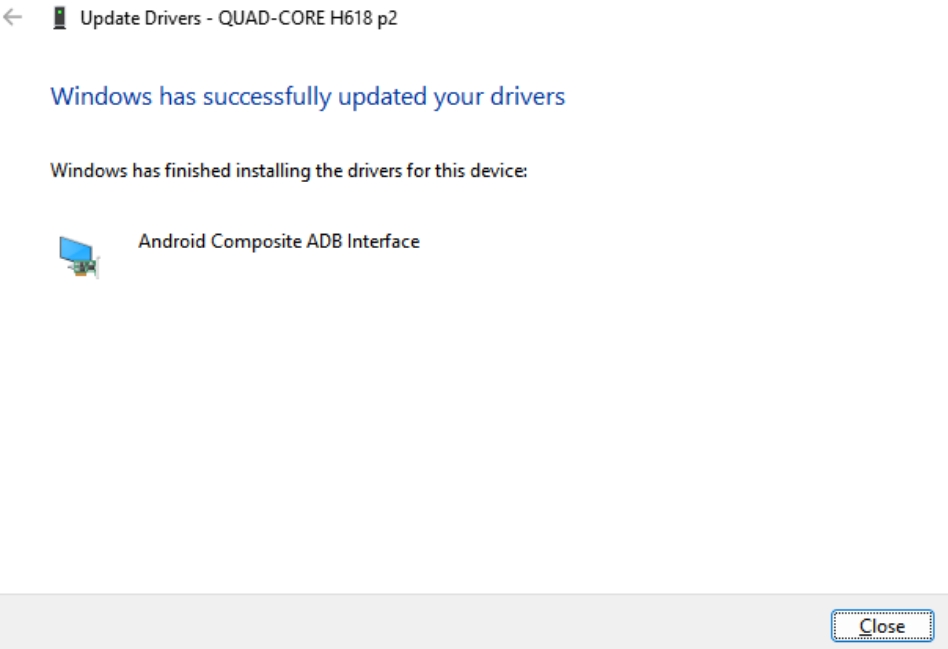ADB_Tutorial
ADB (Android Debug Bridge) is a debugging bridge tool from Google's Android SDK Platform-Tools for Android development. It supports connecting to devices via USB or network, enabling device management and debugging operations such as application installation, file transfer, and command execution.
Quick Start with ADB
Debugging Cable and Interface
Debugging Cable: Use a USB Type-C data cable.
Debugging Interface: The USB Type-C interface on the motherboard.
Obtaining and Installing ADB Tools
Obtaining the Tools
The ADB software tools can be obtained from the KICKPI cloud disk for use on the Windows platform. They are located in the following directory on the cloud disk:
5-DevelopmentTool/win_x64_ADB_Tool/adb-tools.rarGoogle's latest Android SDK Platform-Tools can be downloaded from https://developer.android.com/tools/releases/platform-tools .
Installation Steps
Extract the
adb-tools.rararchive, for example, to the pathD:\ADB Tool\adb-tools.Open a command-line window and switch to the extracted directory:
ADB$ cd D:\ADB Tool\adb-toolsRun the following command. A successful run indicates successful installation:
Example:
Detecting Devices with ADB
Connect the computer to the motherboard using a TYPE-C data cable.
Open a command-line window, switch to the directory where the ADB tools are extracted, and run the following command. If the connection is successful, the corresponding device can be detected:
Example:
Using ADB Features
ADB, full name Android Debug Bridge, is a debugging bridge tool for Android development. It supports connecting to devices via USB or network, enabling device management and debugging operations such as application installation, file transfer, and command execution.
The following is an introduction to some commonly used ADB commands.
View help
Device Connection and Management
Viewing Connected Devices
This command is used to view all devices currently connected to the computer via ADB. If a device is correctly connected and authorized, its serial number and status (e.g., "device") will be displayed.
Restarting the Device
This command restarts the connected device.
File Operations
Uploading Files to the Device
For example, to upload the local test.txt file to the /sdcard/ directory on the device, use the following command:
Downloading Files from the Device
To download the /sdcard/log.txt file from the device to the local current directory, use:
Performing File System Operations on the Device
This command executes the ls command in the device's shell environment to view the list of files and folders in the /sdcard directory.
Application Management
Only for Android platforms
Installing an Application
To install the local app.apk file, use:
Uninstalling an Application
For example, to uninstall the application with the package name com.example.app, use:
Clearing Application Data
This command clears all data of the specified application. To clear the data of com.example.app, use:
System Debugging
Entering the Device's Shell Environment
After executing this command, you will enter the device's command-line interface, where you can execute various system commands.
Viewing System Logs
Only for Android platforms
This command is used to view the device's system logs, which can help developers locate application or system issues. Press Ctrl + C to stop the log output.
Taking a Screenshot
Only for Android platforms
This command generates a screenshot file named screenshot.png in the /sdcard directory on the device. You can then use the adb pull command to download it to the local machine.
Common Issues
ADB Device Not Recognized
When performing ADB debugging, check if the system Device Manager detects a device similar to the following example while the board's blue light is blinking:

If an Unknown Device or Other devices is detected (as shown below), manually install the driver:

Manually Install the Driver
Follow these steps:







Last updated